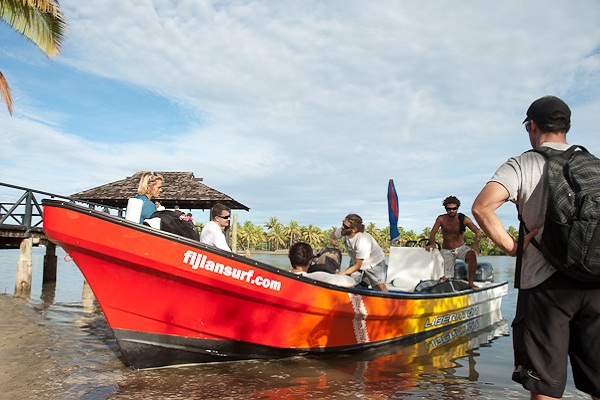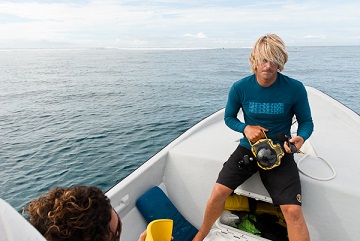
Photo: Rhys Stacker
WITH WARM WATER, consistent swells and some of the friendliest people on the planet, it’s no surprise Fiji is a popular destination for travelling surfers.
Until recently, access to some of Fiji’s best-known waves was restricted, with surf resorts claiming exclusive rights to nearby areas. In order to go to breaks like Cloudbreak and Swimming Pools, surfers needed to stay on nearby Tavarua or Namotu Islands at a cost of over US$200 per night.



